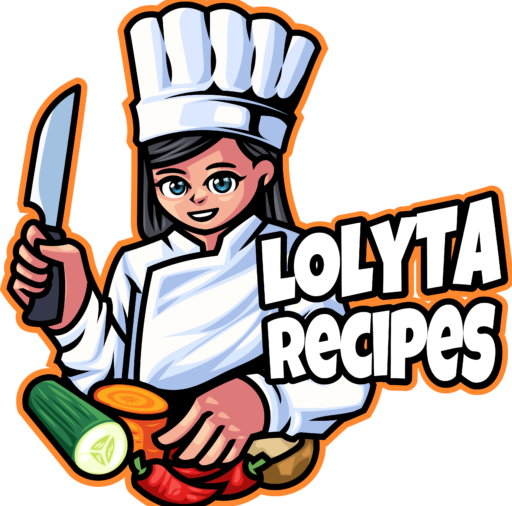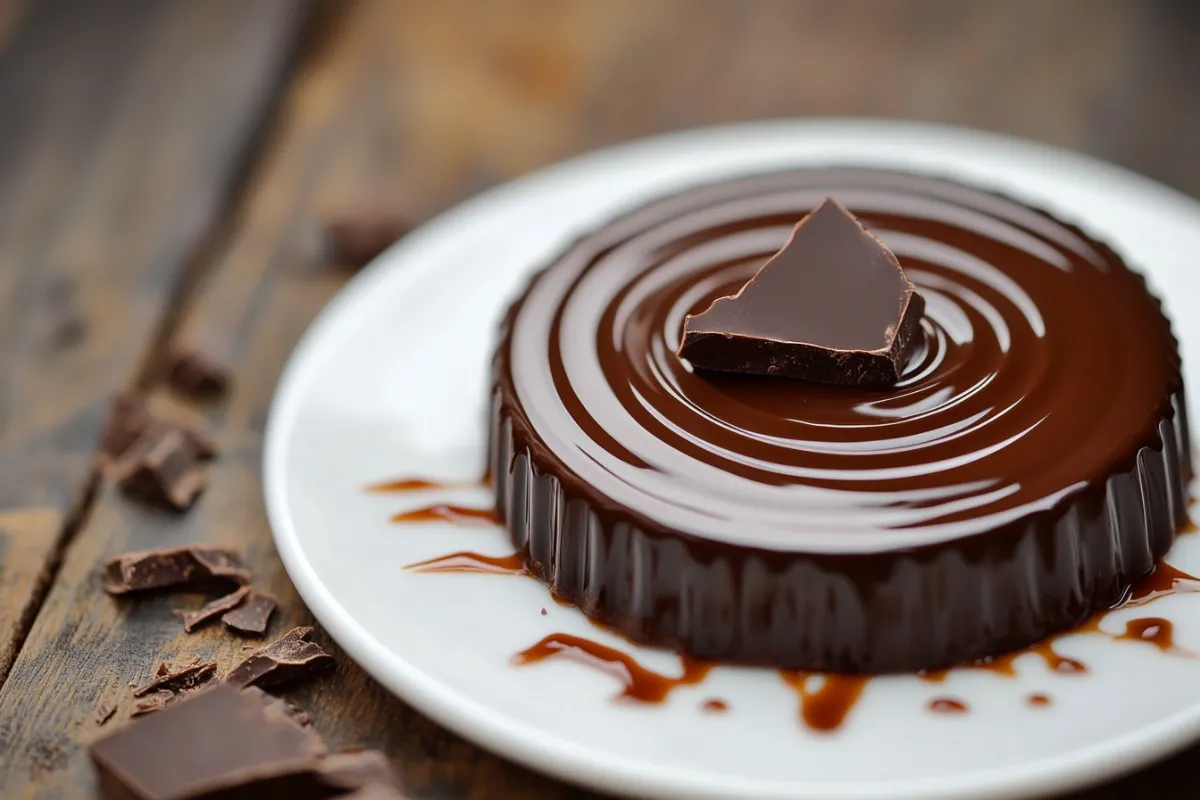The Ultimate Guide to Chocolate: History, Types, and Health Benefits
Introduction to Chocolate
When we think of indulgence and sweetness, one treat stands out: chocolate. People around the world enjoy this beloved delicacy, which comes in various forms, from rich bars to decadent desserts. But what exactly is it, and how did it become such an integral part of our culinary culture?
This guide will explore the origins, different types, production process, and health benefits of this popular confection. Whether you’re a casual fan or a connoisseur, you will deepen your appreciation for this extraordinary food.
The Origins and Evolution of Cocoa
The story of this delightful treat begins over 3,000 years ago in ancient Mesoamerica, where people first cultivated the cacao tree (Theobroma cacao). The Maya, one of the earliest known users of cacao, revered it as a sacred plant and often used it in religious rituals.
Cacao arrived in Europe in the early 16th century, following the Spanish conquest of the Aztec Empire. Initially, only the elite enjoyed it as a luxury item, often consumed as a sweetened beverage. Over time, its popularity spread throughout Europe, becoming a fashionable drink in royal courts by the 17th century.
The 19th century marked a turning point with the invention of solid chocolate by British chocolatier J.S. Fry & Sons in 1847. This innovation paved the way for the modern bars we know today. To learn more about the history of chocolate, visit Britannica’s Chocolate History.
Exploring Different Types of Cocoa Products
Not all cocoa-based treats are the same. The differences in flavor, texture, and usage stem from the varying amounts of cocoa solids, sugar, and milk in each type. Here’s a closer look at the most common varieties:
Understanding the Appeal of Dark Varieties
Dark options deliver an intense flavor, thanks to a high percentage of cocoa solids (typically 70% or more). Many consider this the healthiest form due to its rich antioxidant content and lower sugar levels. This type is a popular choice for baking, pairing with wine, and enjoying on its own.
The Popularity of Milk-Based Sweets
Milk chocolate ranks as the most popular type worldwide. It contains a combination of cocoa solids, milk powder, and sugar. This mix gives it a sweeter taste and creamier texture than dark varieties. This type commonly appears in candy bars, chocolate chips, and as a coating for various confections.
White Chocolate: A Debate Over Authenticity
White chocolate stands out because it contains no cocoa solids, which give other types their characteristic flavor and color. Instead, it’s made from cocoa butter, sugar, and milk solids. This composition has led some to debate whether it can truly be considered “chocolate.” Despite this, many love the sweet, creamy flavor and often use it in baking and dessert making.
Ruby Chocolate: The New Kid on the Block
Ruby chocolate, introduced by Barry Callebaut in 2017, adds a new twist to the cocoa family. It’s made from specially processed ruby cocoa beans, which give it a distinctive pink color and a unique berry-like flavor. Ruby chocolate often features in gourmet confections and as a striking addition to desserts.
The Journey from Bean to Bar
Transforming cacao beans into delicious treats involves a complex process requiring skill and precision. Here’s an overview of how it’s made:
The Importance of Proper Cocoa Harvesting
Cacao trees primarily grow in tropical regions close to the equator, including West Africa, Central and South America, and Southeast Asia. Farmers harvest the cacao pods by hand. Each pod holds 20-50 beans, surrounded by a sweet, white pulp.
From Fermentation to Drying: Early Stages of Chocolate Production
After harvesting, workers remove the beans from the pods and place them in shallow containers for fermentation. This process, which takes about 5-7 days, plays a crucial role in developing flavor. After fermentation, the beans dry in the sun, reducing their moisture content and further enhancing their flavor.
Roasting and Grinding: Crafting the Perfect Base
Roasting the dried beans brings out their full flavor. The roasting process also loosens the beans’ shells, making them easier to remove. After roasting, the beans undergo grinding, which transforms them into a thick paste called it liquor, the base for all types of chocolate.
Conching and Tempering: The Final Touches
Refining the chocolate liquor through a process called conching, where continuous mixing and aeration occur, achieves a smooth texture. The final step, tempering, carefully cools and heats the mixture to ensure it solidifies with a glossy finish and a satisfying snap. For more on how to make these treats, visit Bon Appétit Guide to Making Chocolate.
The Science Behind Our Favorite Treat
Beyond its irresistible taste, chocolate possesses a complex chemical composition that contributes to its unique properties and effects on the body.
What Makes Chocolate So Addictive?
This treat contains several biologically active compounds, including theobromine, caffeine, and flavonoids. Theobromine and caffeine stimulate mood and alertness, while flavonoids act as antioxidants, protecting cells from damage.
How Cocoa Affects the Brain
Eating cocoa-based products triggers the release of neurotransmitters like serotonin and endorphins, promoting feelings of happiness and well-being. This reaction is why it’s often called a “feel-good” food.
The Role of Cocoa Content in Health and Flavor
Cocoa content significantly influences the flavor, bitterness, and health benefits of chocolate. Higher cocoa content means more flavonoids and antioxidants, which contribute to better heart health and reduced inflammation.
The Role of Chocolate in Global Culture
Throughout history, this treat has played a special role in various cultures around the world.
From Rituals to Romance: Chocolate’s Cultural Journey
In ancient Mesoamerican cultures, cacao held sacred significance and often featured in religious ceremonies. The Aztecs believed cacao was a gift from the gods and used it as currency. Today, people still associate it with special occasions and rituals, such as Valentine’s Day, Easter, and Christmas.
Why Chocolate Is the Ultimate Symbol of Luxury
In modern times, this confection has become synonymous with love, luxury, and indulgence. People often give it as a gift to express affection or as a treat to celebrate special moments. High-end brands continue to elevate chocolate to an art form, offering gourmet options that cater to the most discerning palates.
Weighing the Benefits and Risks
While this indulgence is undoubtedly delicious, its health implications deserve consideration.
How Chocolate Can Boost Your Health
- Heart Health: Dark varieties contain flavonoids, which have shown potential to improve heart health by lowering blood pressure and reducing the risk of heart disease.
- Antioxidants: This treat provides a powerful source of antioxidants, which help protect the body from oxidative stress and inflammation.
- Mood Enhancement: The stimulants in cocoa, such as theobromine and caffeine, boost mood and cognitive function.
The Dark Side of Overindulgence
- Sugar Content: Many types of chocolate contain high sugar levels, contributing to weight gain, diabetes, and other health issues.
- Addiction: This treat can become addictive due to its pleasurable effects on the brain, leading to overconsumption.
- Allergic Reactions: Some people may experience allergic reactions to certain components, such as cocoa or dairy.
How to Enjoy Chocolate in Moderation
To enjoy the health benefits without the risks, moderate your consumption. Choosing dark varieties with high cocoa content and low sugar levels offers a healthier option.
Delicious Ways to Enjoy Chocolate
This versatile ingredient features in a wide range of recipes, from simple snacks to elaborate desserts.
Indulge in a Classic Chocolate Cake
A classic cake remains a crowd-pleaser. To make one, you’ll need:
- 1 3/4 cups flour
- 3/4 cup cocoa powder
- 1 1/2 teaspoons baking powder
- 1 1/2 teaspoons baking soda
- 2 cups sugar
- 2 eggs
- 1 cup milk
- 1/2 cup vegetable oil
- 2 teaspoons vanilla extract
- 1 cup boiling water
Mix the dry ingredients, then add the eggs, milk, oil, and vanilla. Beat until smooth, then stir in the boiling water. Pour the batter into a greased cake pan and bake at 350°F for 30-35 minutes.
Make Your Own Chocolate Truffles
For a decadent treat, try making truffles:
- 8 oz dark chocolate, chopped
- 1/2 cup heavy cream
- 1 teaspoon vanilla extract
- Cocoa powder or chopped nuts for coating
Heat the cream until it begins to boil, then pour it over the chocolate. Stir until smooth, then add the vanilla. Let the mixture cool, then roll it into small balls and coat it with cocoa powder or nuts.
Warm Up with a Cup of Hot Chocolate
Nothing compares to a cup of hot cocoa on a cold day. To make a simple yet rich hot chocolate:
- 2 cups milk
- 1/2 cup dark chocolate chips
- 1 tablespoon sugar (optional)
- 1/2 teaspoon vanilla extract
Heat the milk in a saucepan until steaming, then stir in the chocolate chips until melted. Add the sugar and vanilla, then serve hot with whipped cream or marshmallows.
Frequently Asked Questions About Chocolate
What is the difference between cacao and cocoa?
Cacao refers to the raw beans harvested from the cacao tree, while cocoa refers to the processed product made from roasted and ground cacao beans.
Is white chocolate actually chocolate?
While white chocolate contains cocoa butter, it lacks cocoa solids, which are responsible for the characteristic flavor and color of other types. This has led some to argue that it’s not “true” chocolate.
How should chocolate be stored?
Store this treat in a cool, dry place away from direct sunlight and strong odors. The ideal temperature for storage is between 60-70°F.
Can chocolate go bad?
Yes, chocolate can spoil if exposed to heat, moisture, or air. Signs of spoilage include a grayish coating (known as bloom) and a rancid smell.
What is the healthiest type of chocolate to eat?
Dark chocolate with a high cocoa content (70% or more) ranks as the healthiest option due to its lower sugar content and higher levels of antioxidants.
Conclusion and Final Thoughts
Chocolate is more than just a sweet treat—it stands as a cultural icon, a symbol of love and luxury, and a source of both pleasure and health benefits. From its ancient origins in Mesoamerica to its modern-day status as a global favorite, chocolate boasts a rich history and a bright future.
Whether you prefer dark, milk, white, or ruby varieties, there’s no denying the joy that chocolate brings to our lives. So next time you indulge in a piece of chocolate, take a moment to appreciate the craftsmanship, history, and science behind this extraordinary food.


10 thoughts on “Chocolate: History, Types, and Health Benefits”